
Click Here for Full Screen Image - Click Here to Download Image
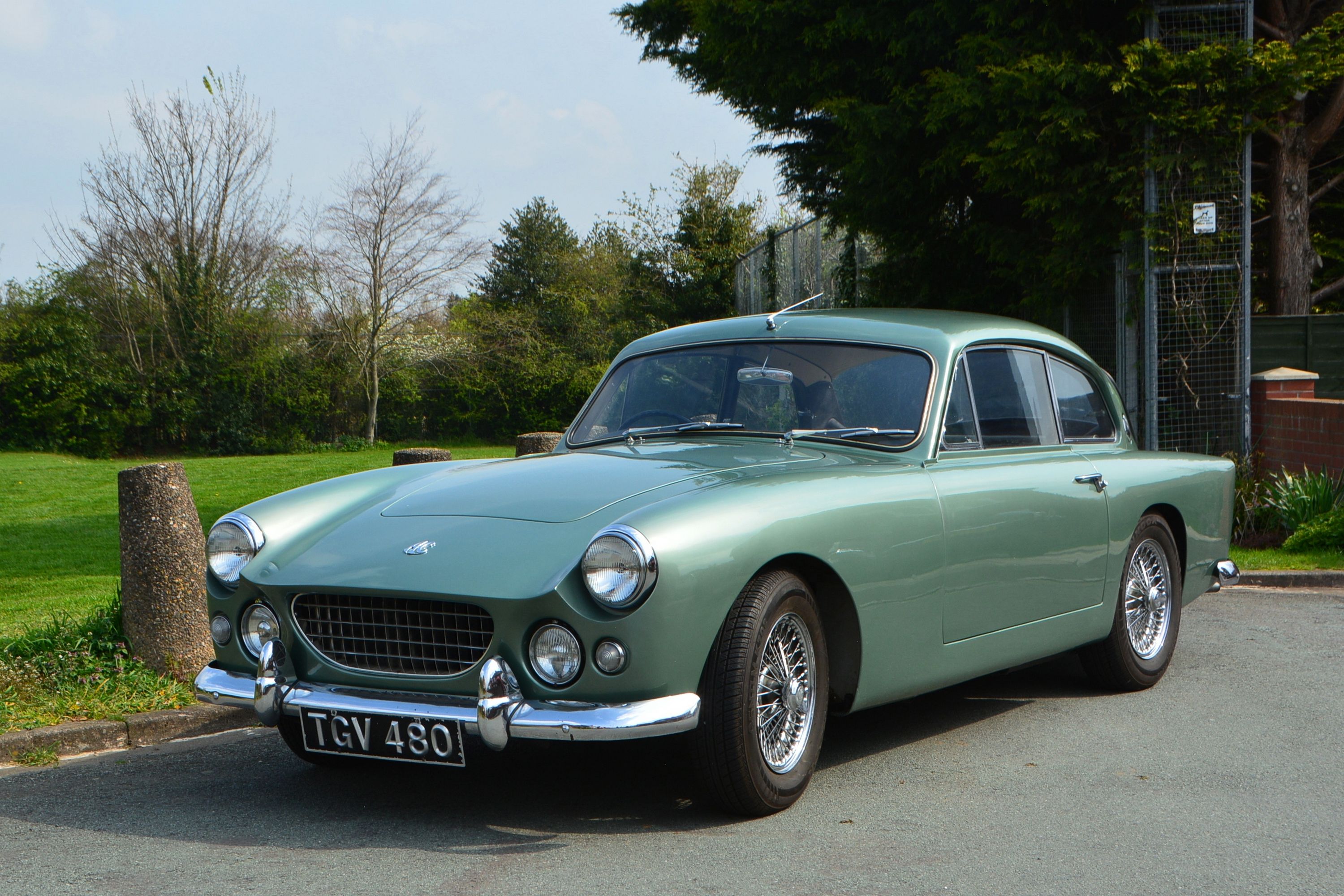 | 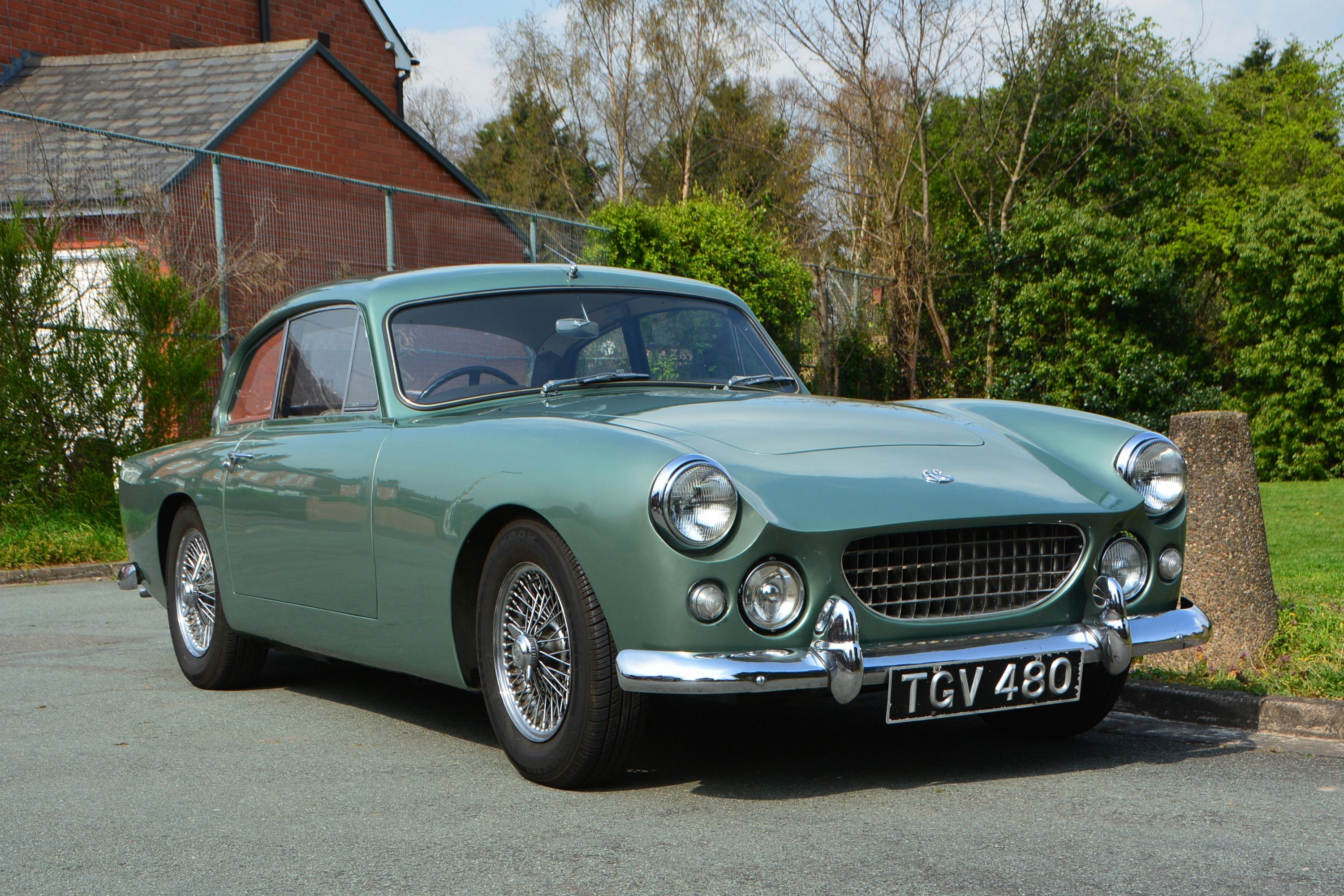 | 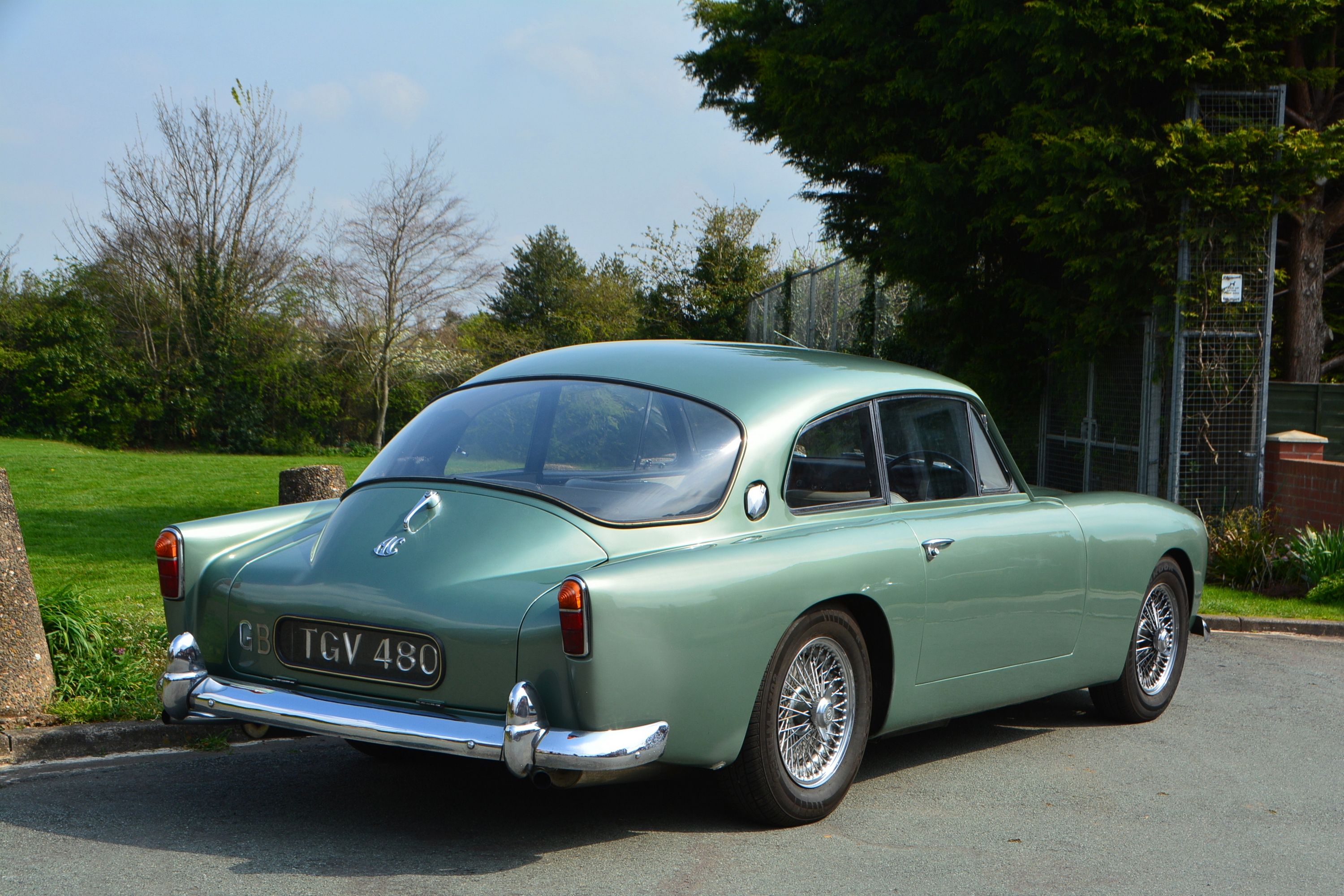 | 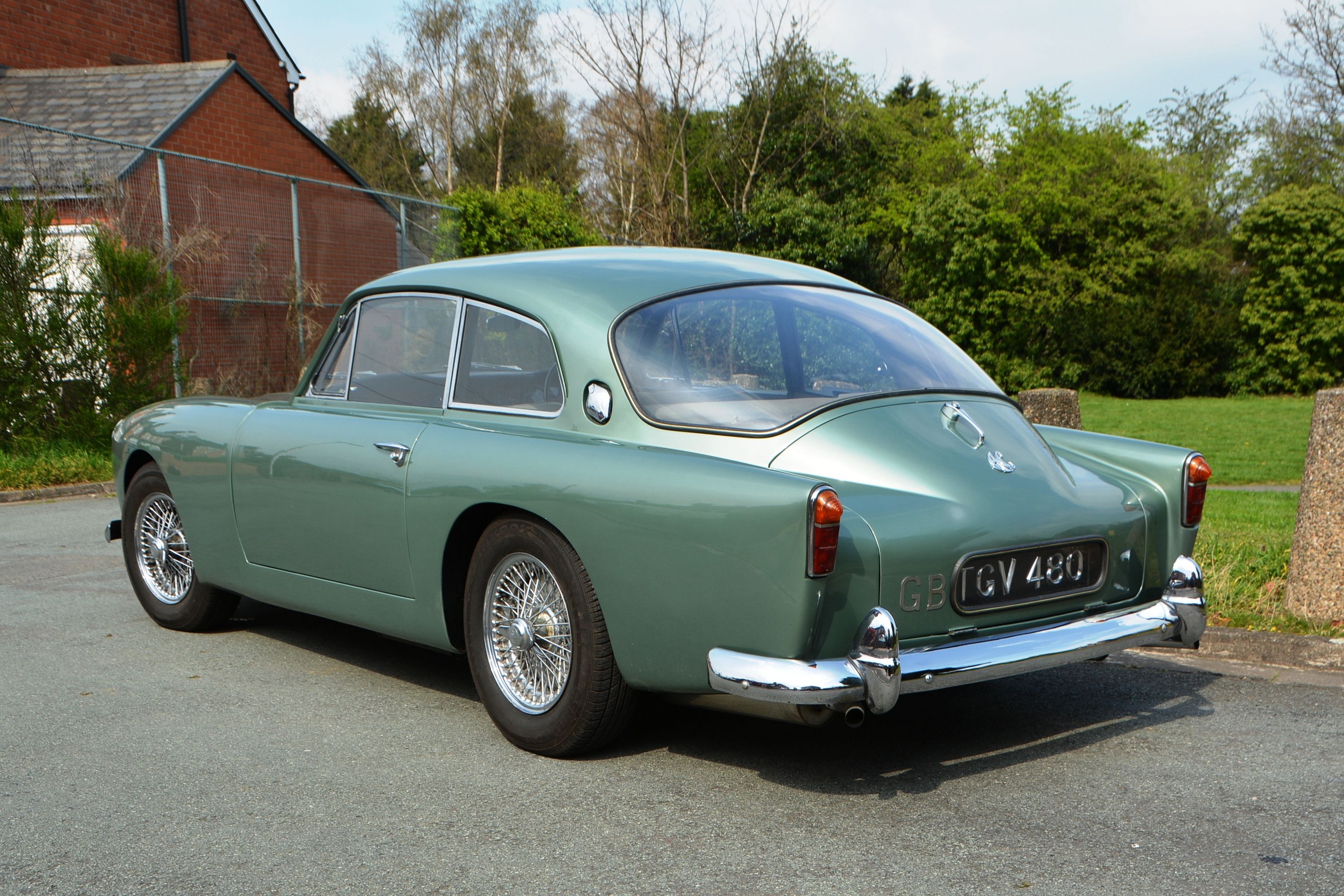 | 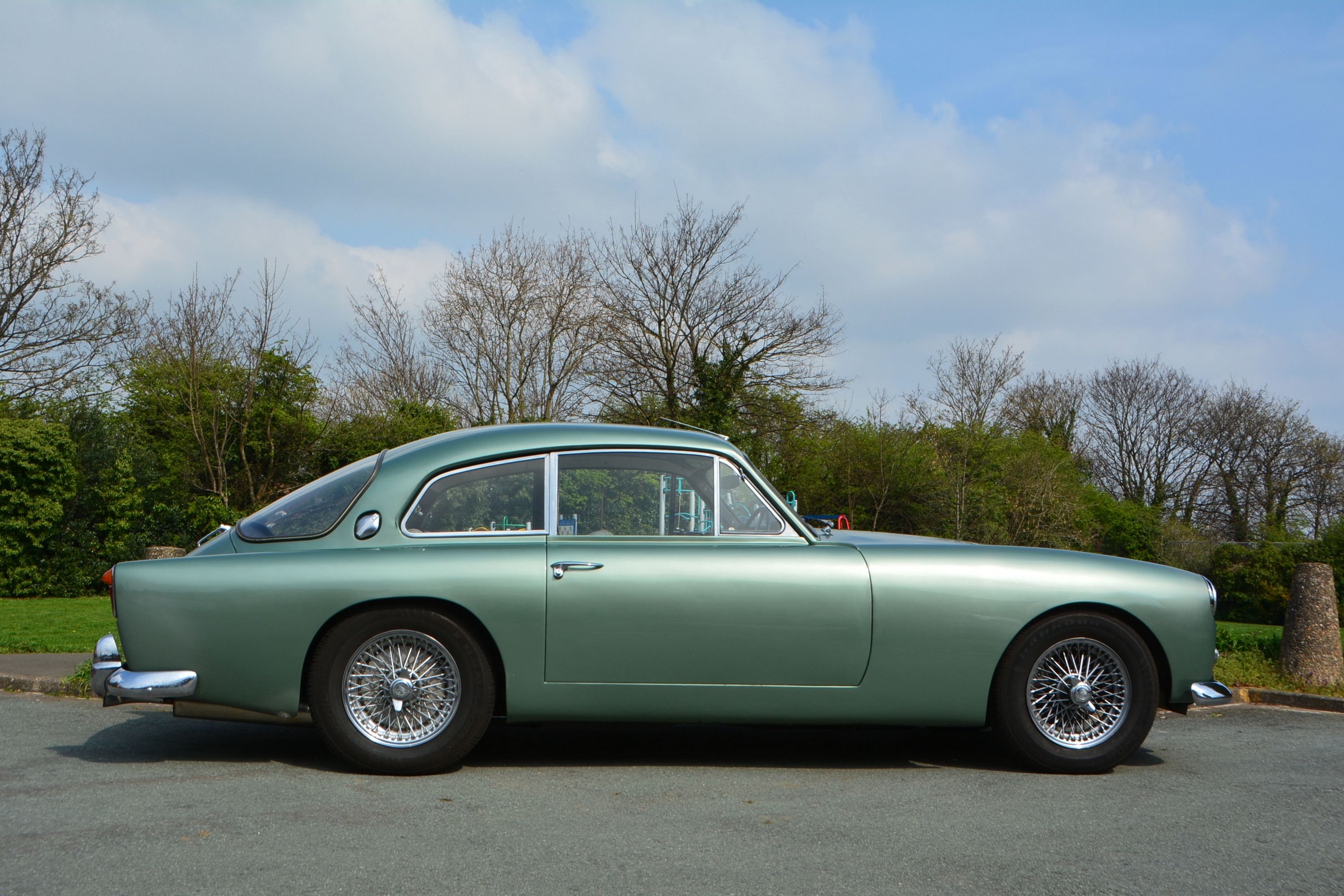 | |||||
 | 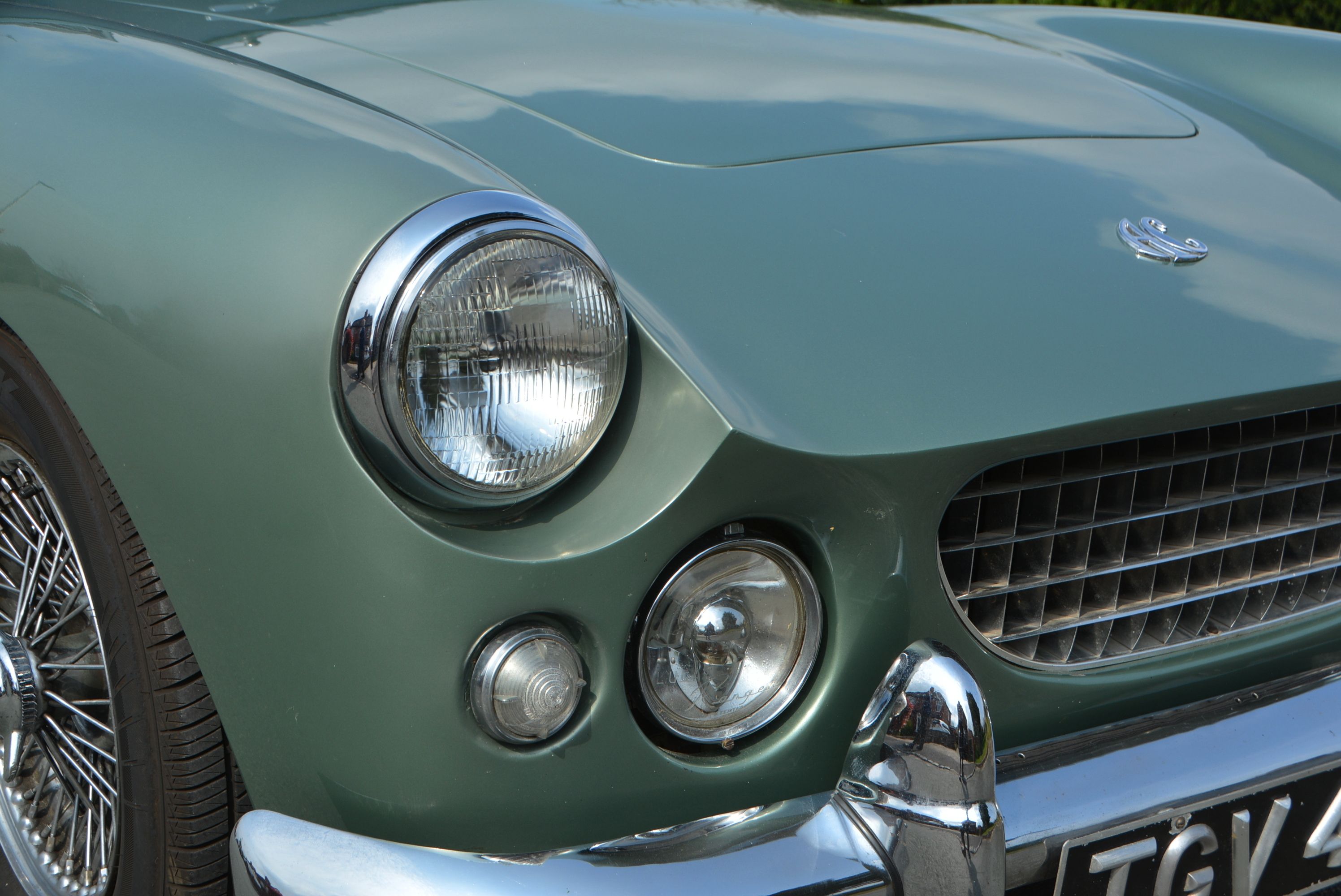 | 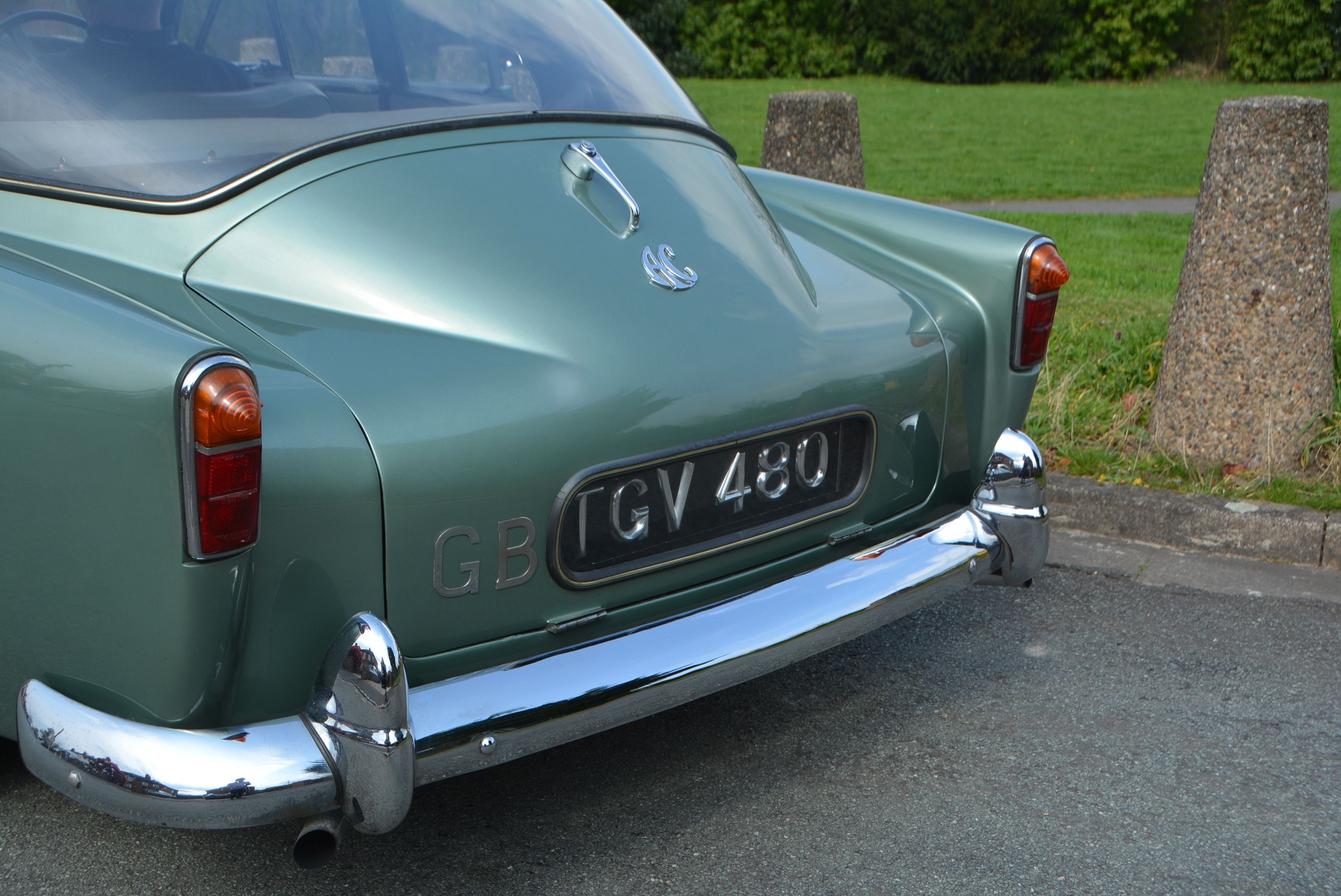 |  | 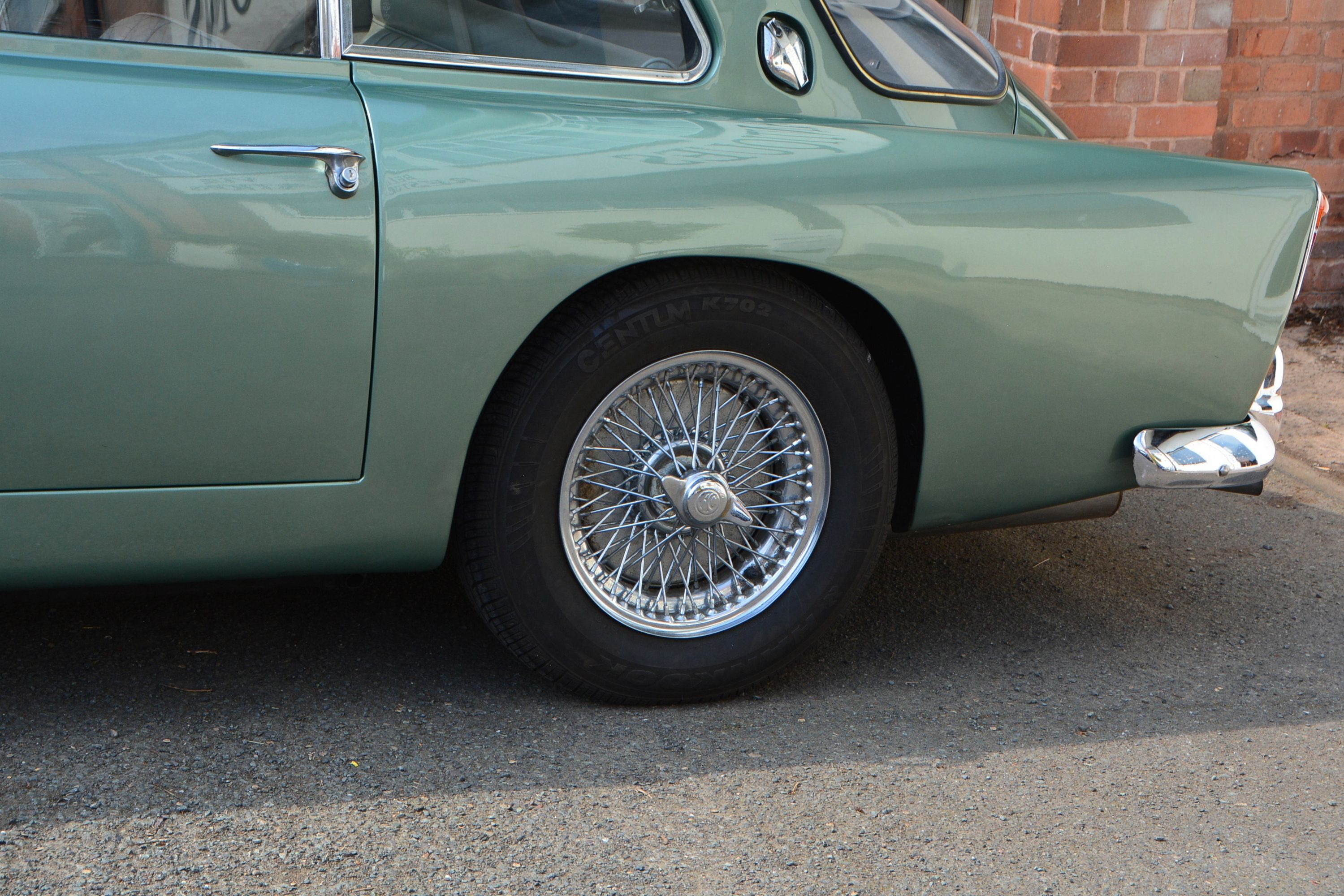 | |||||
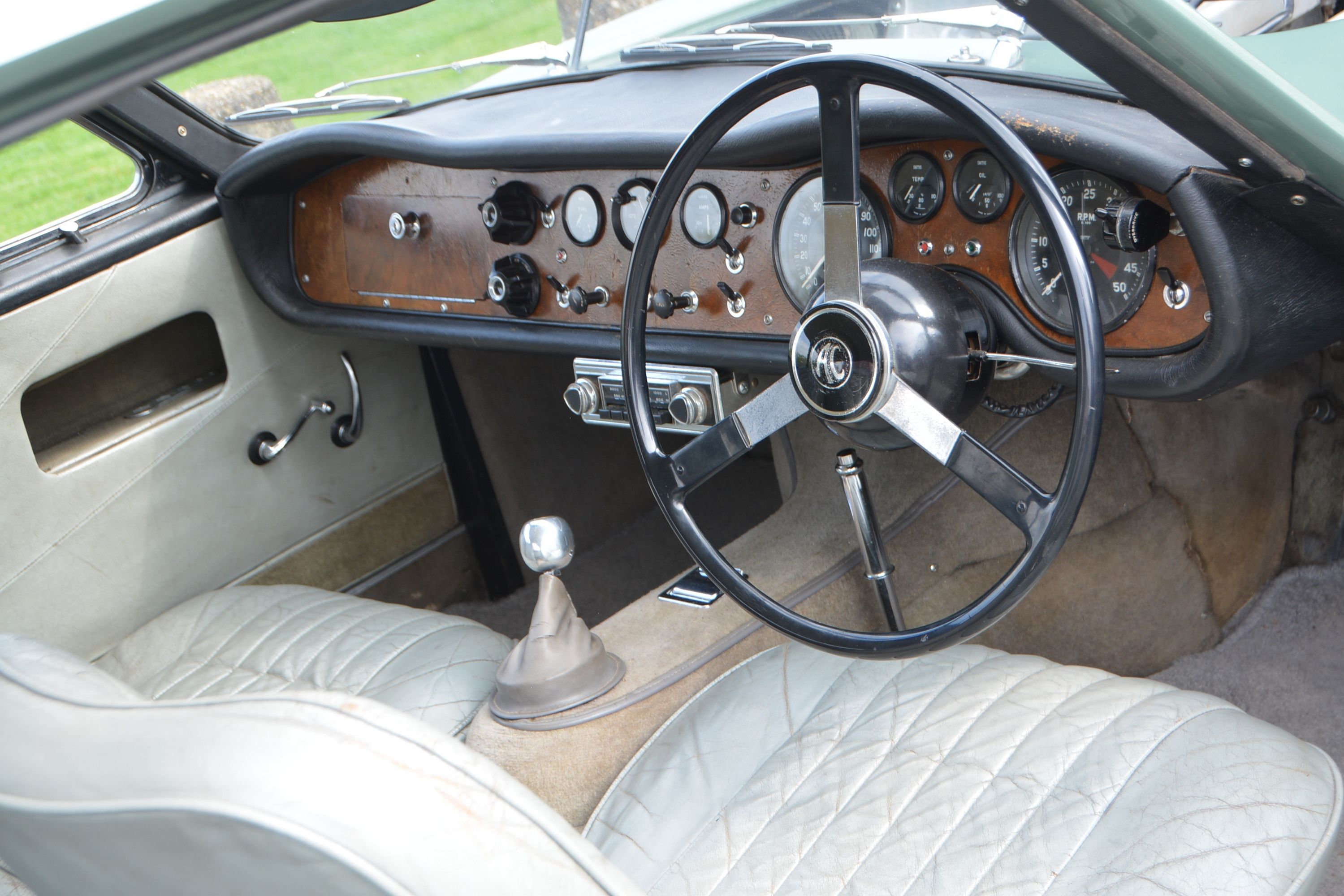 | 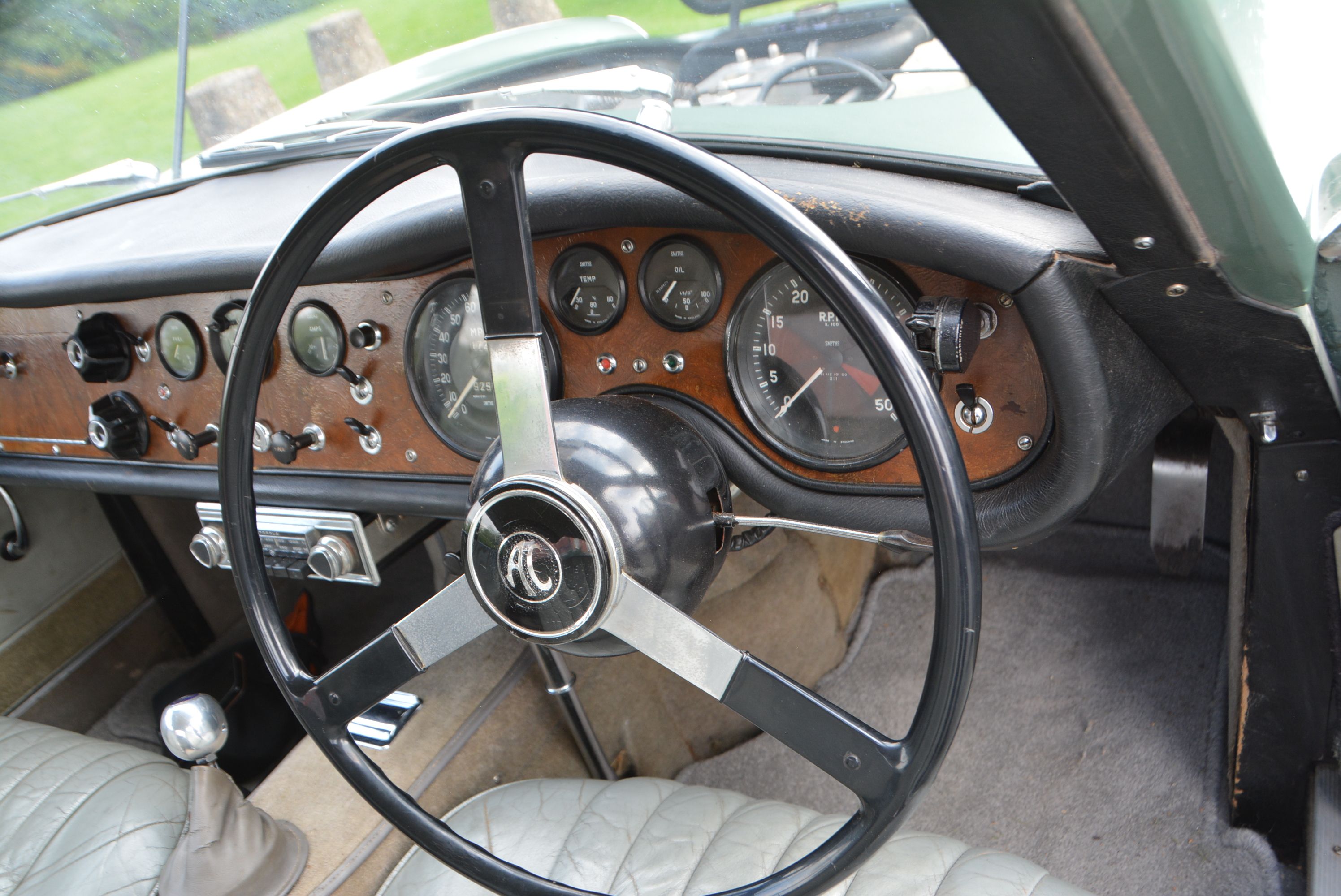 |  | 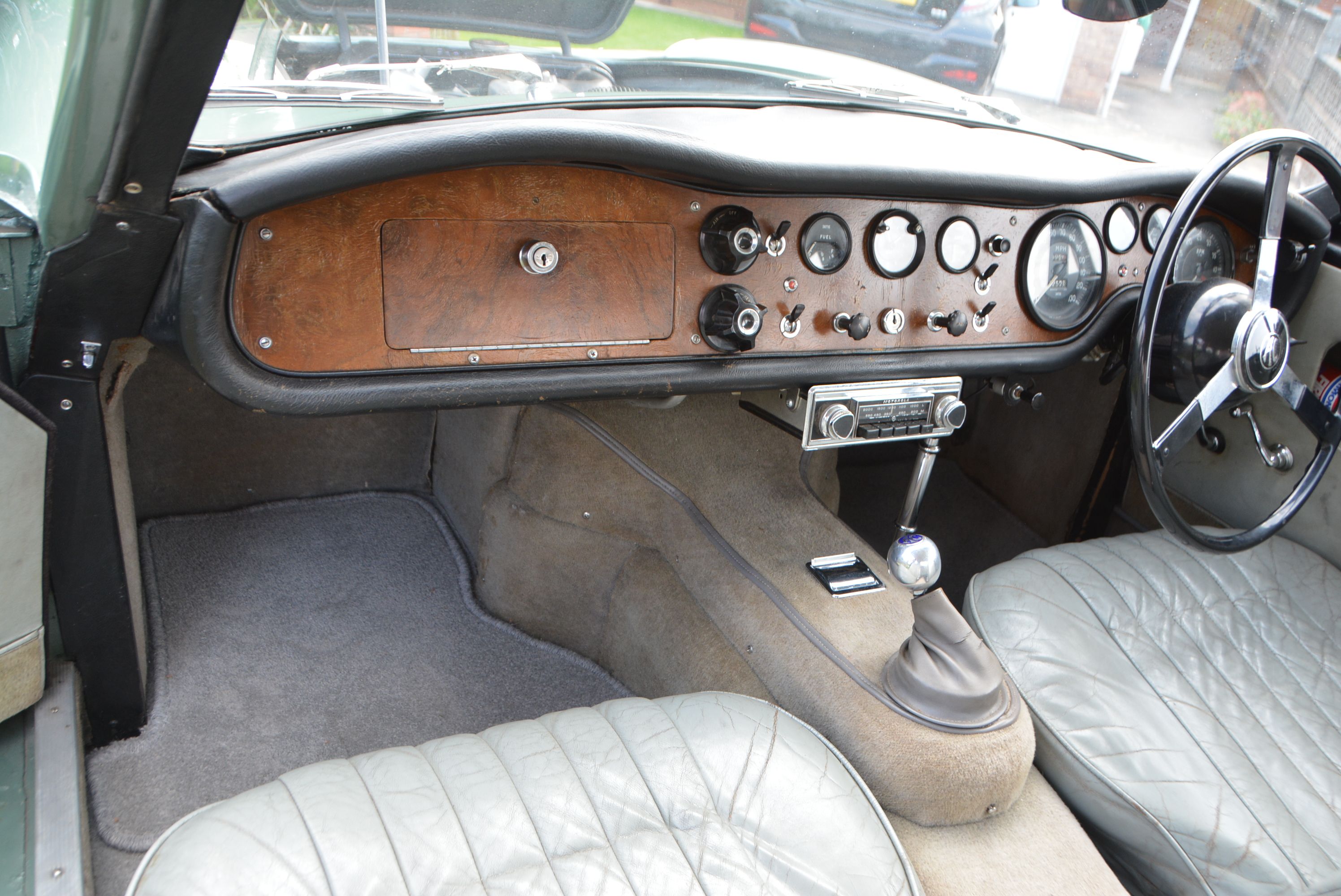 |  | |||||
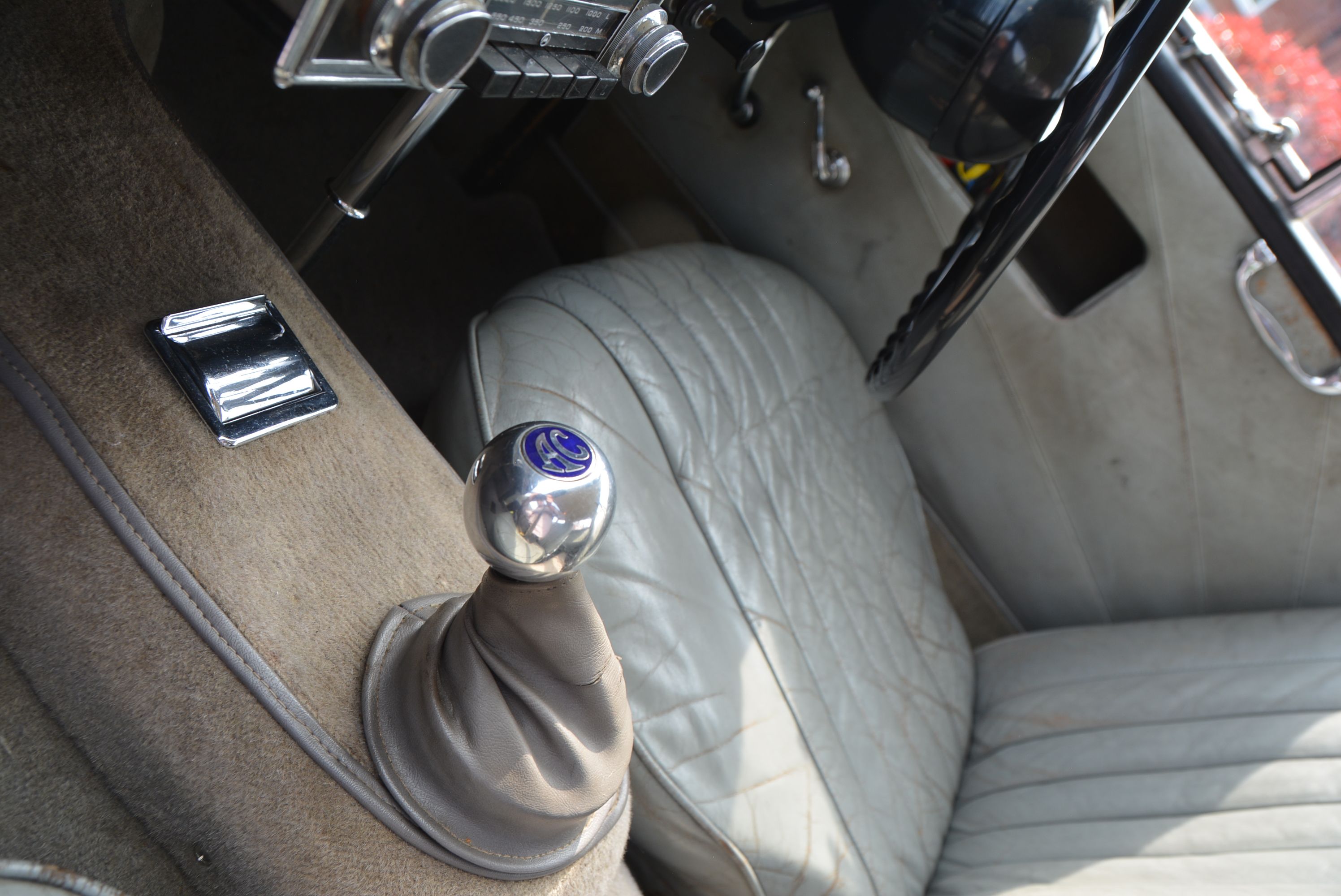 | 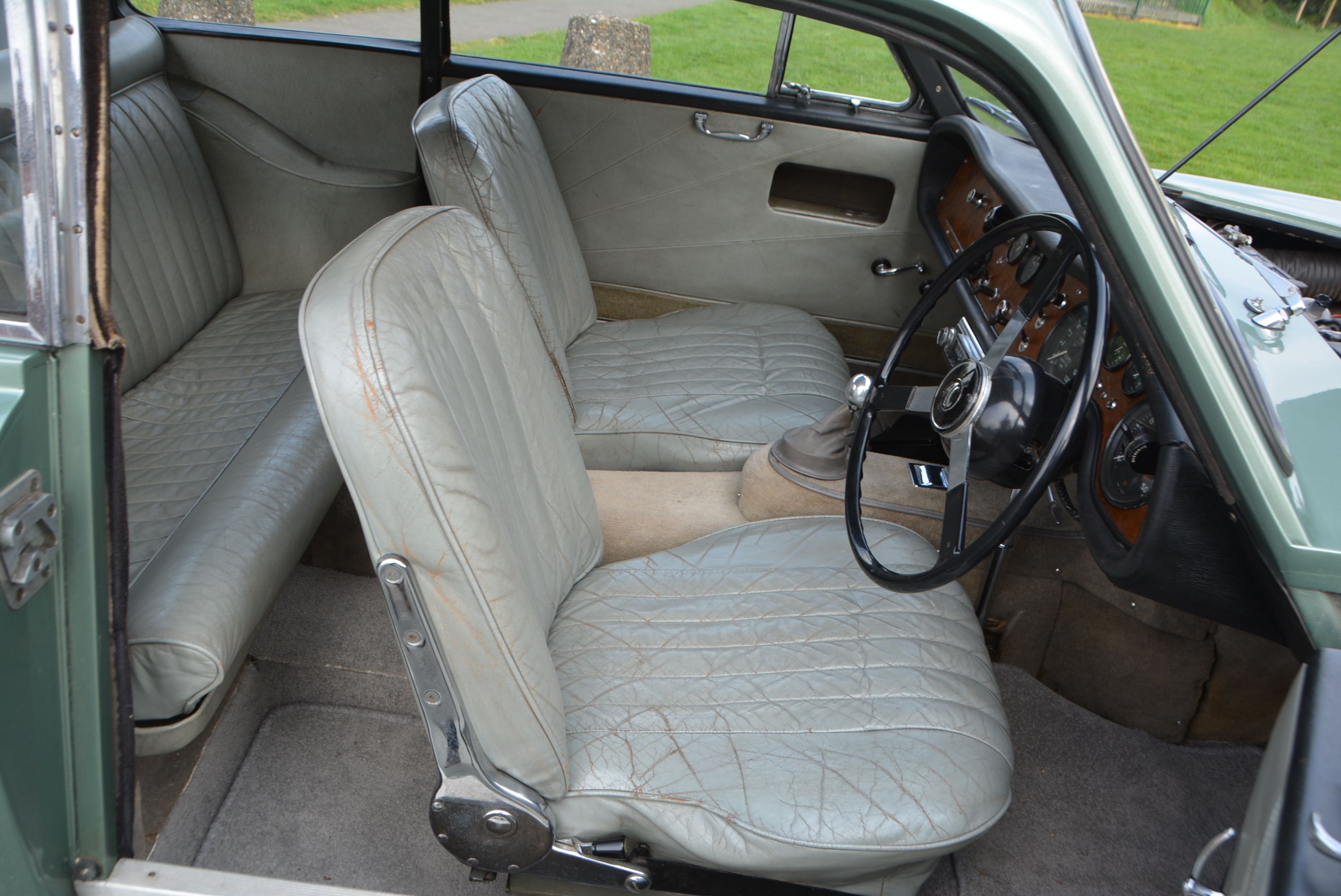 | 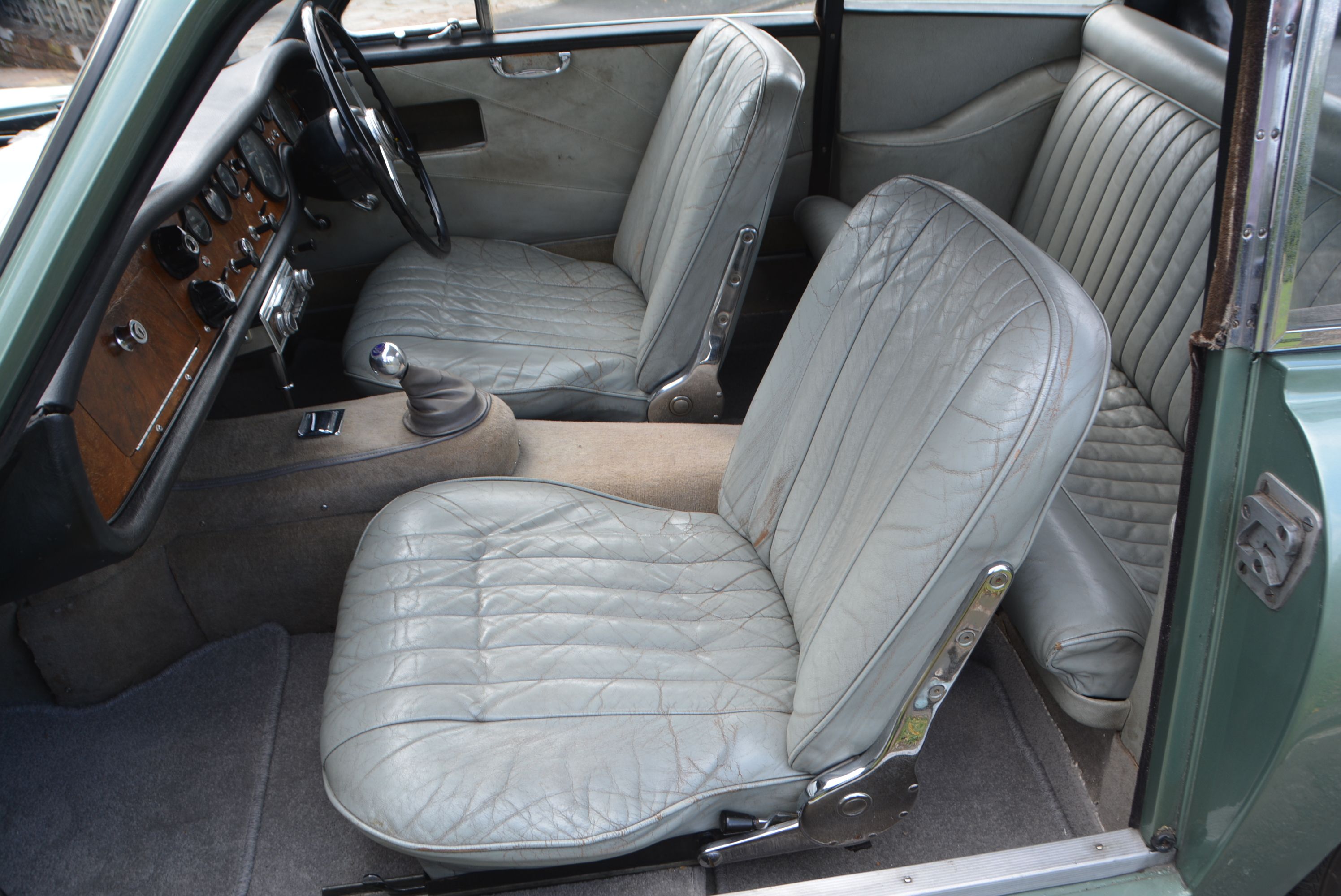 |  | 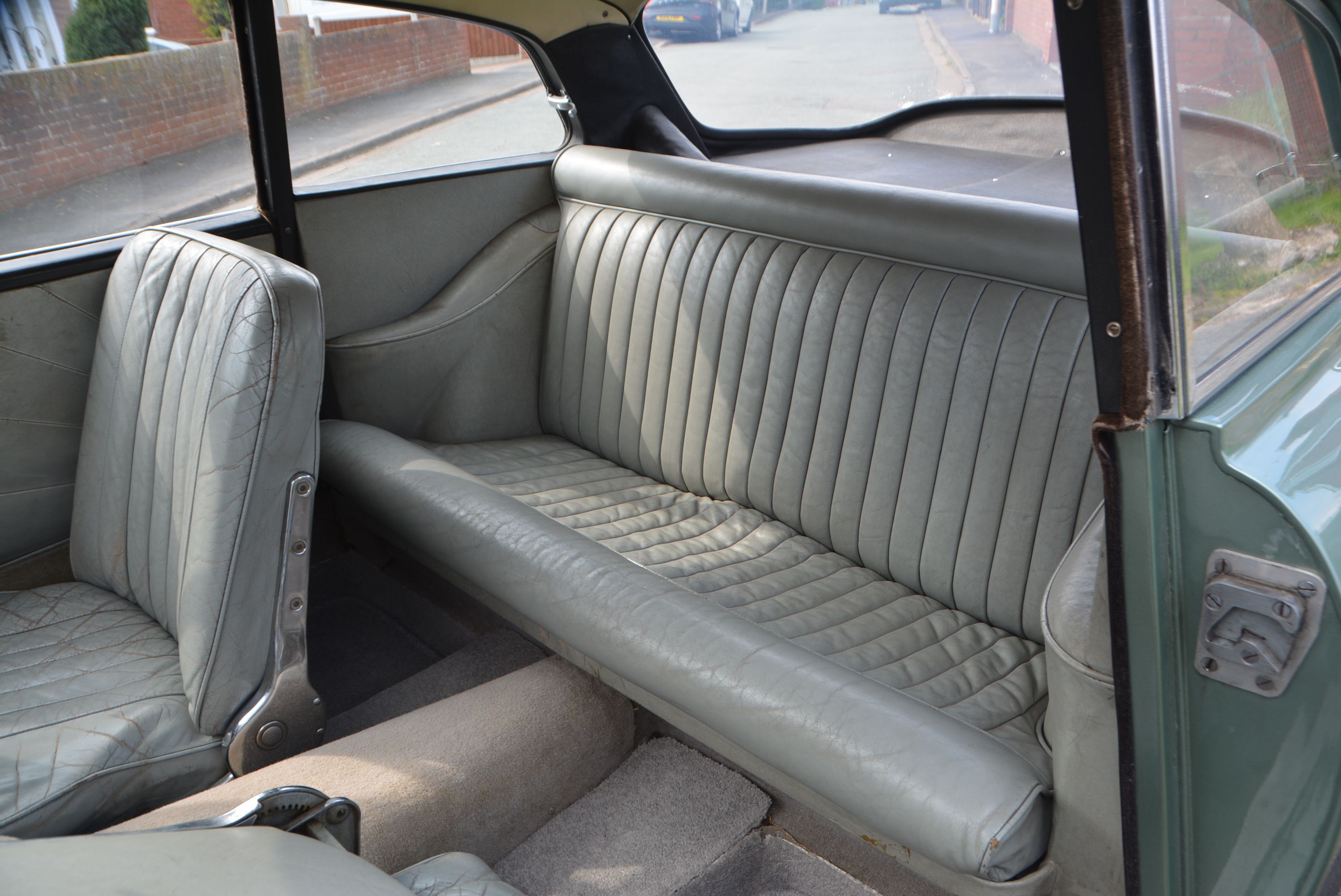 | |||||
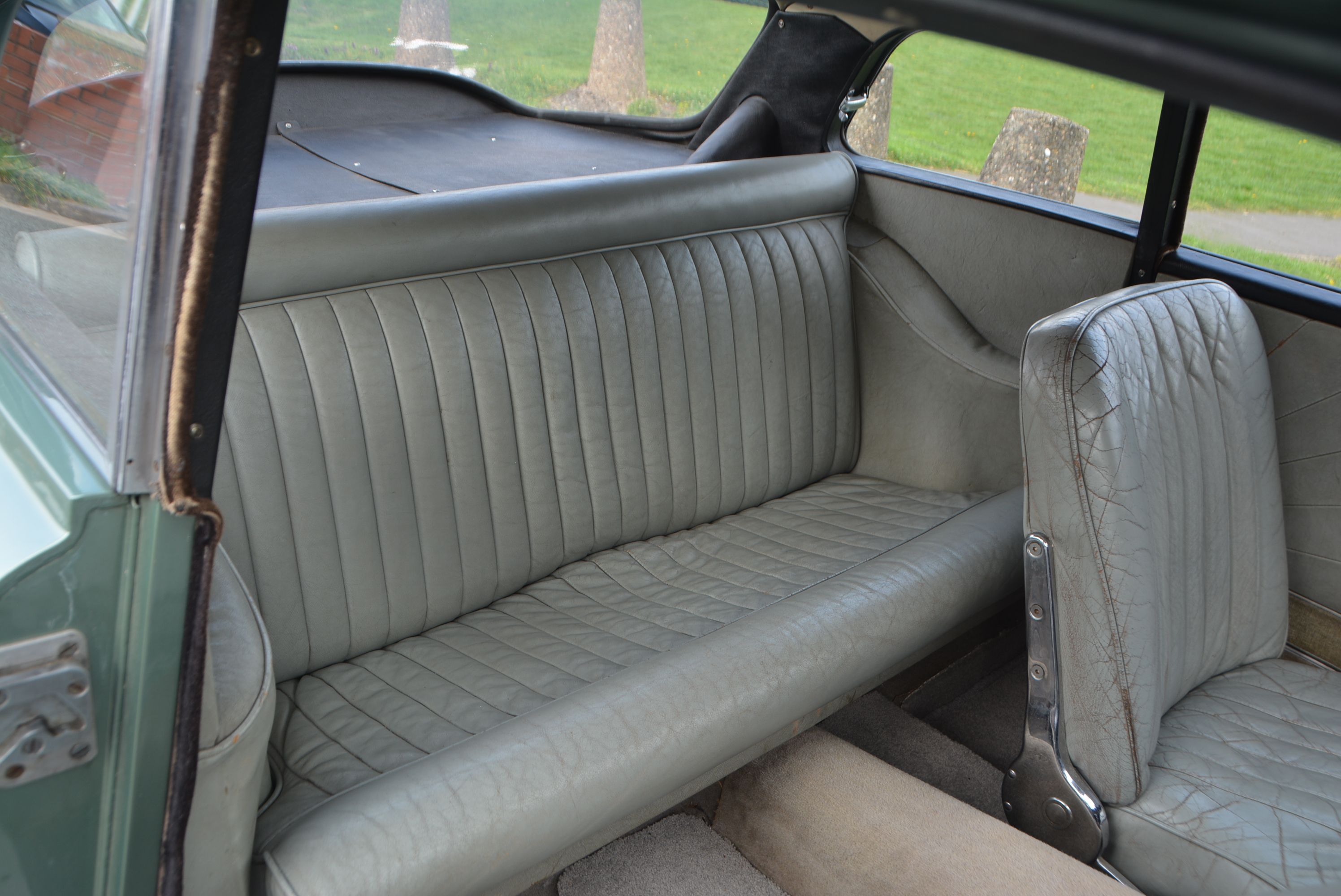 | 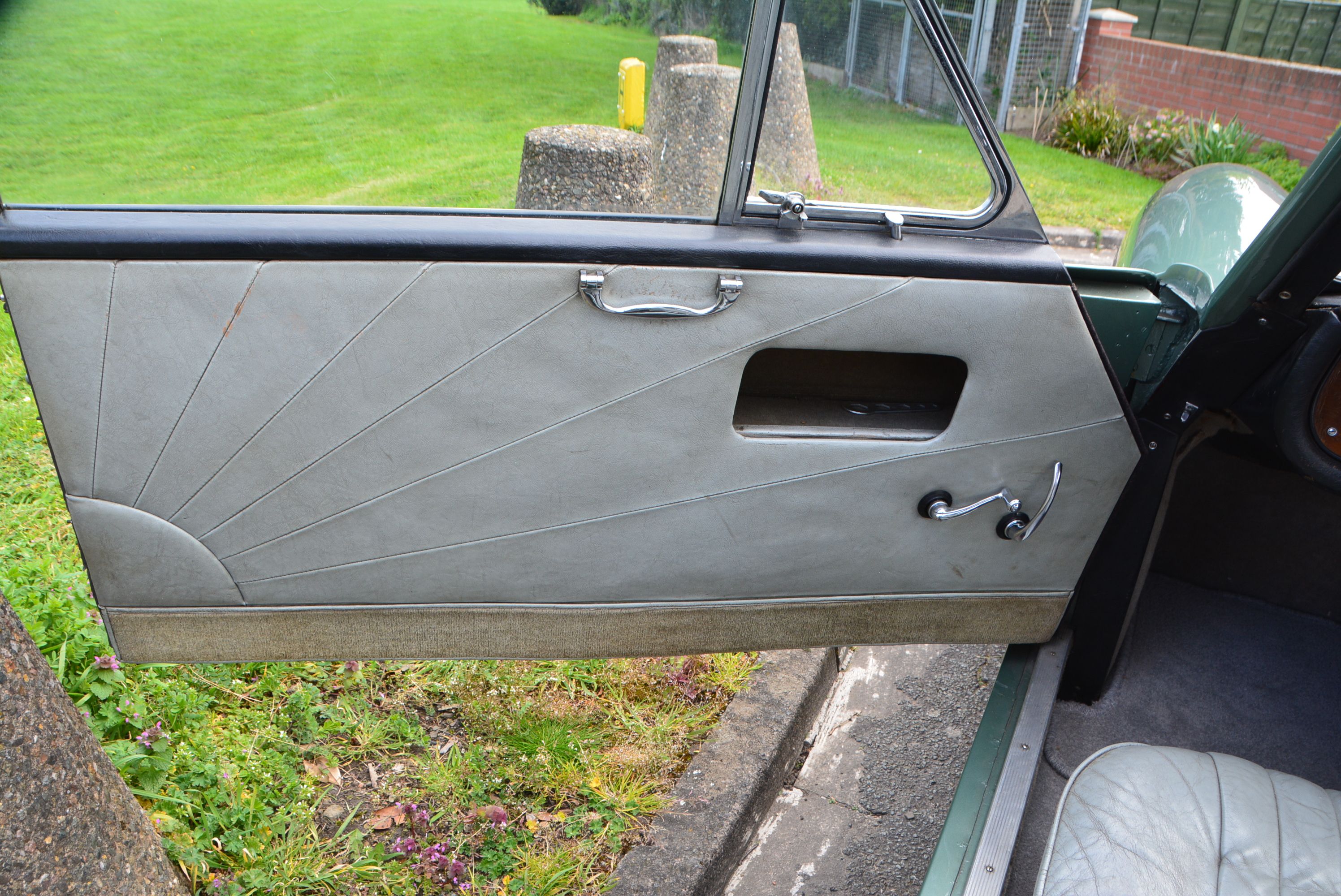 |  | 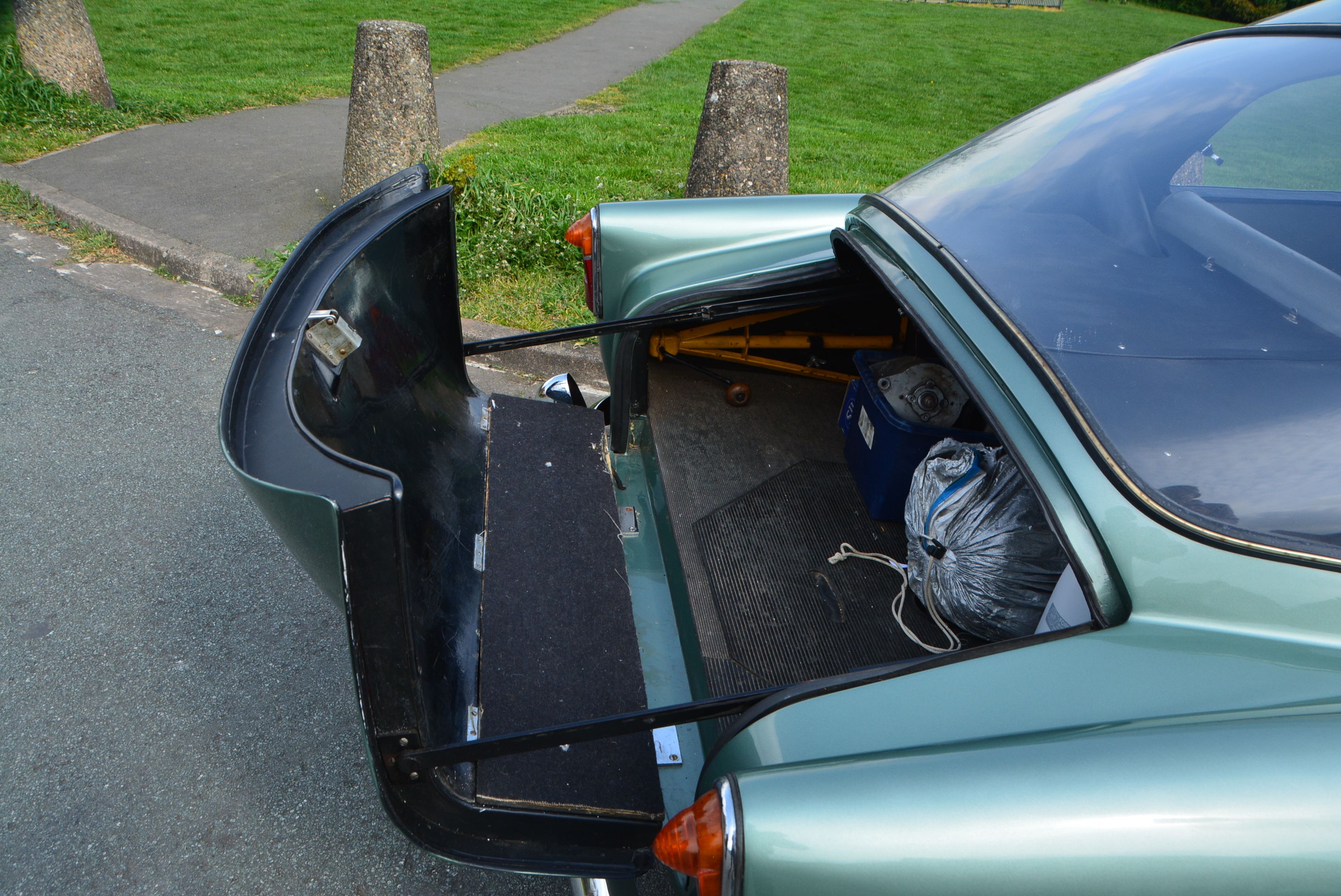 |  | |||||
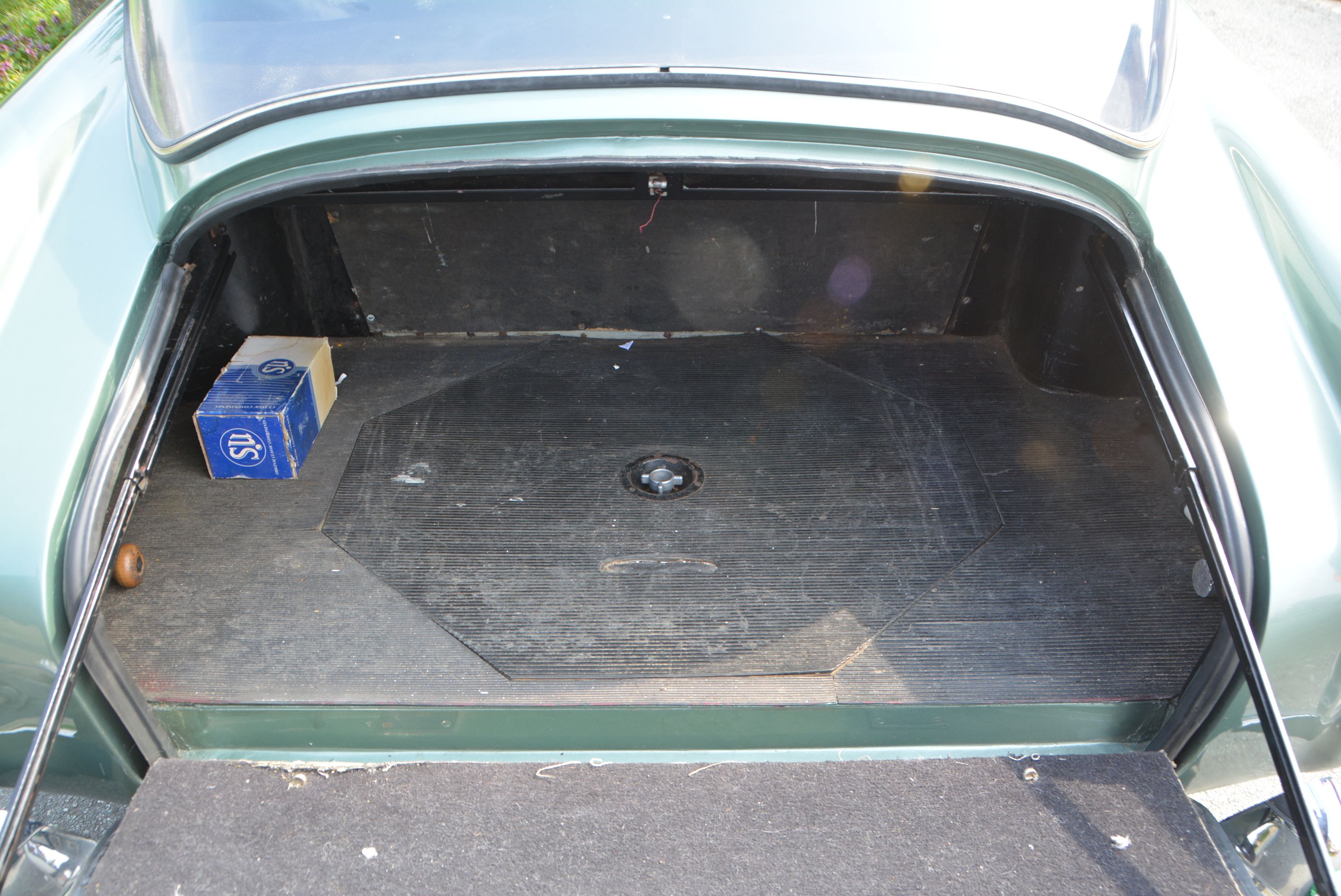 |  |  | 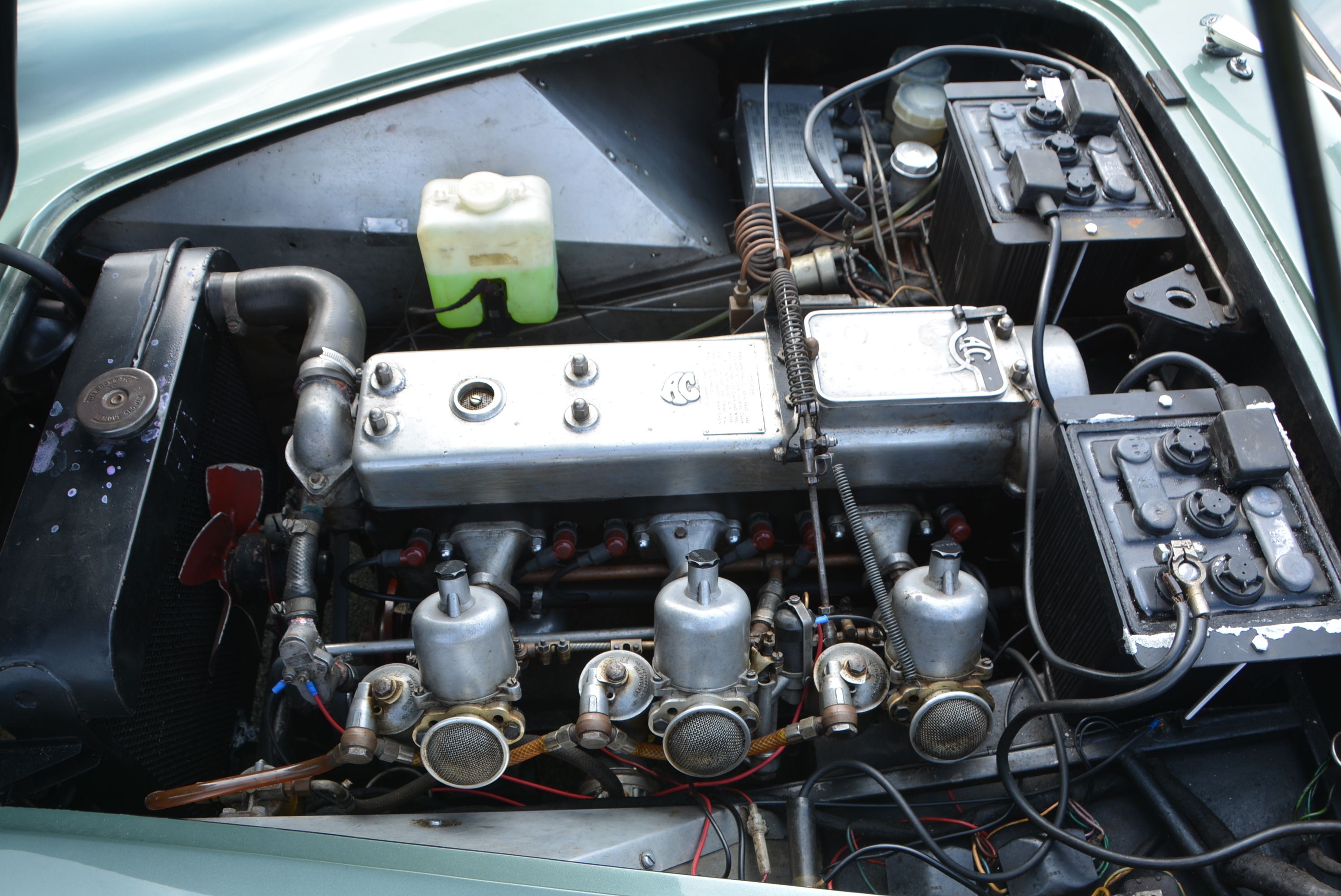 | 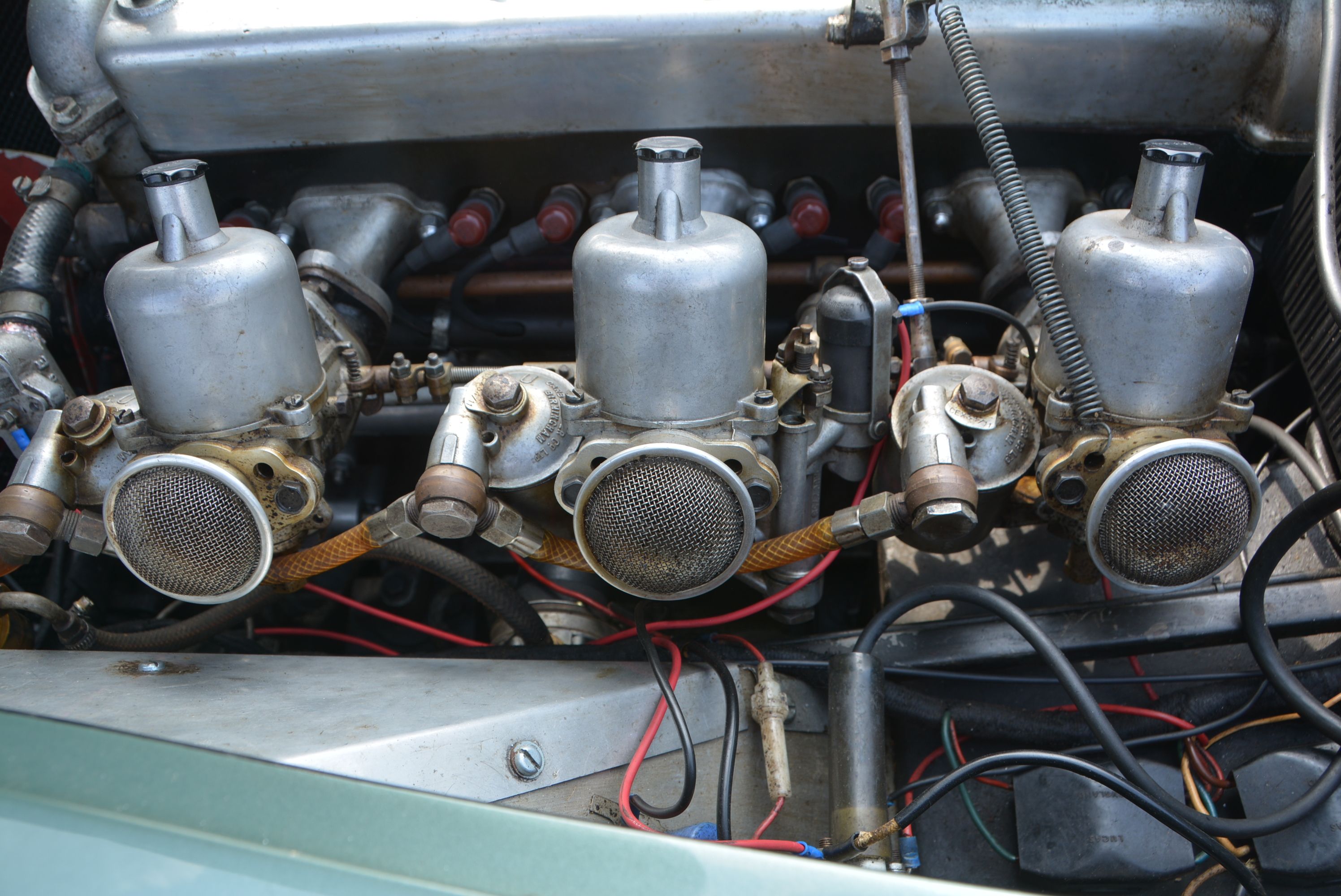 | |||||
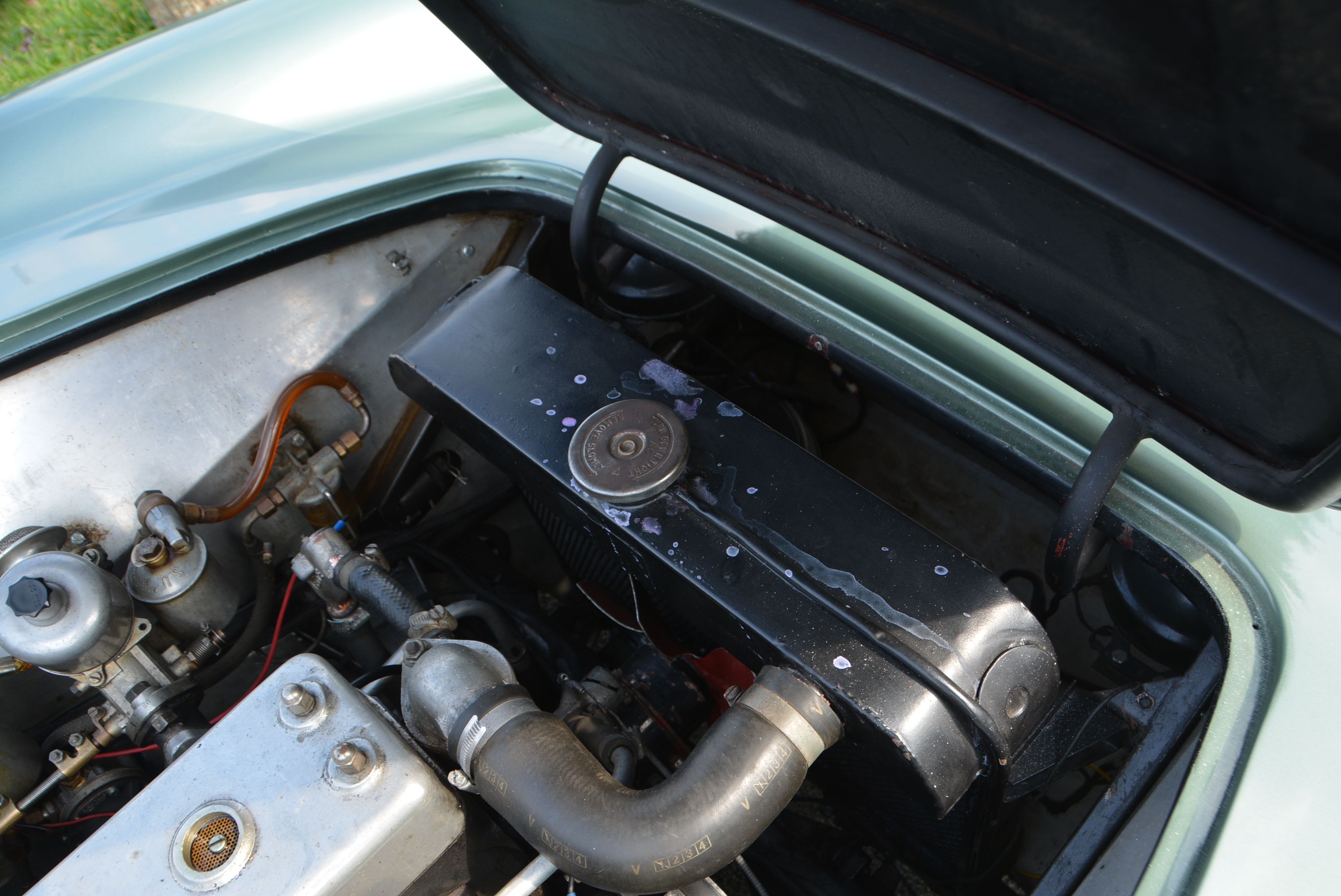 | 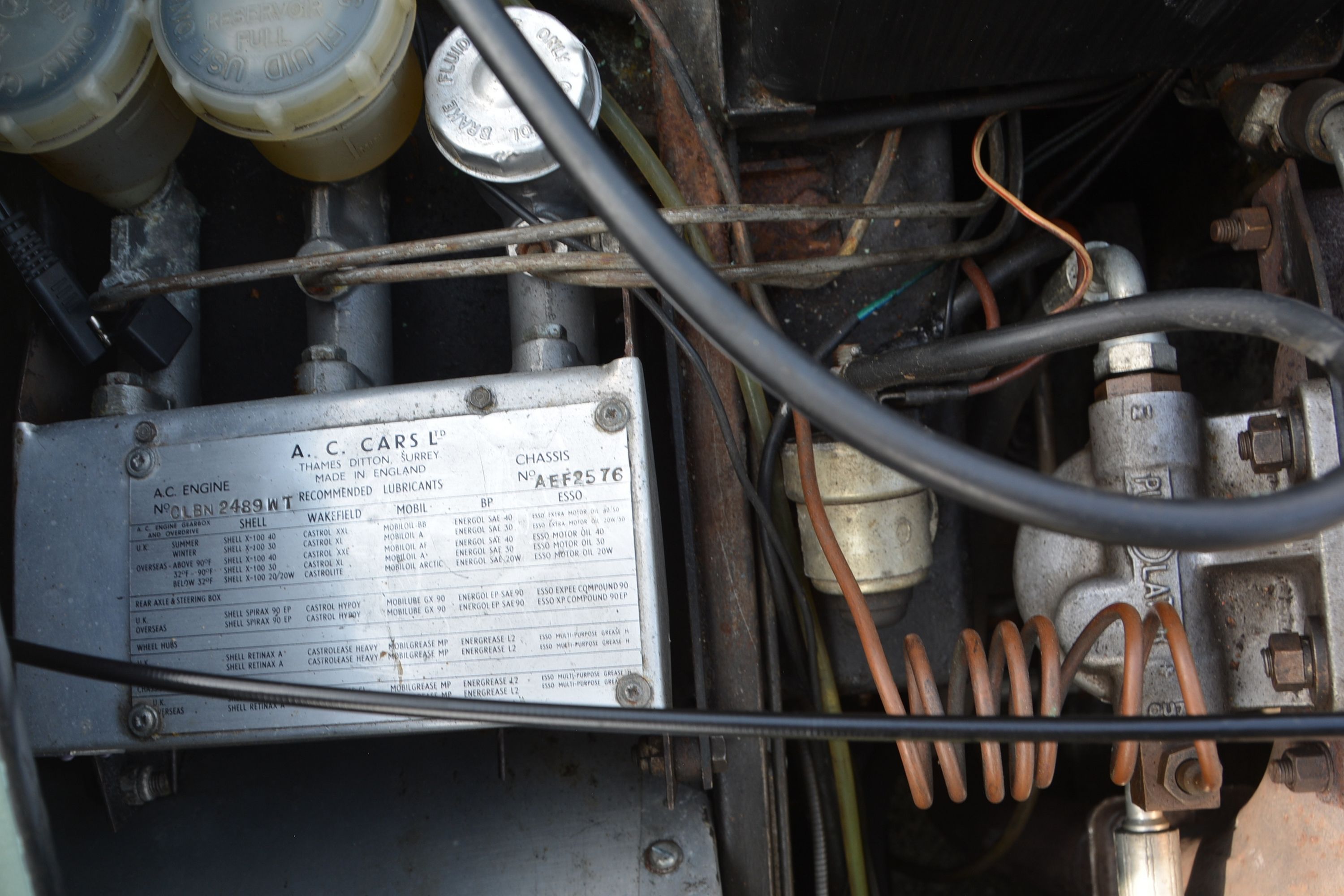 | 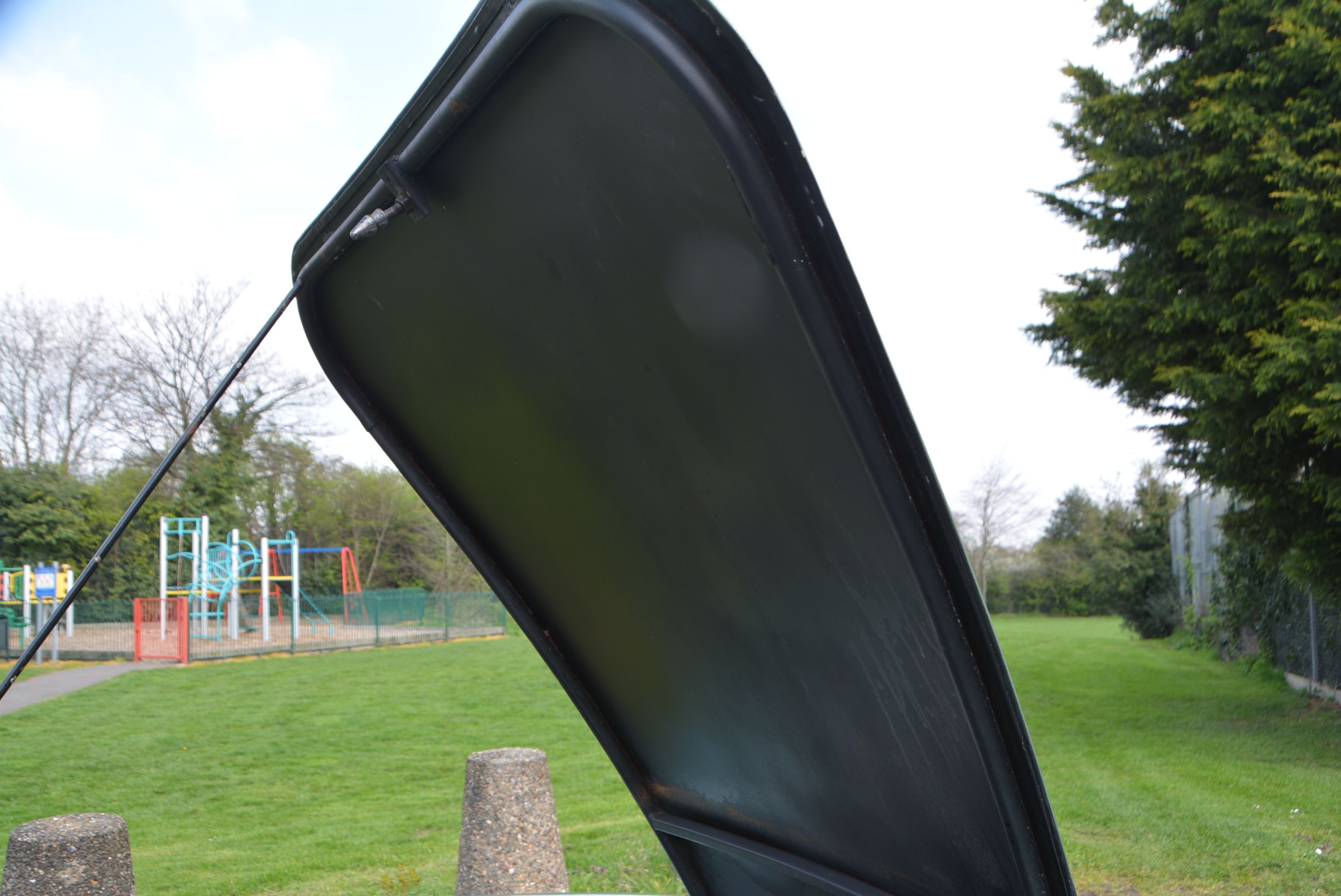 | 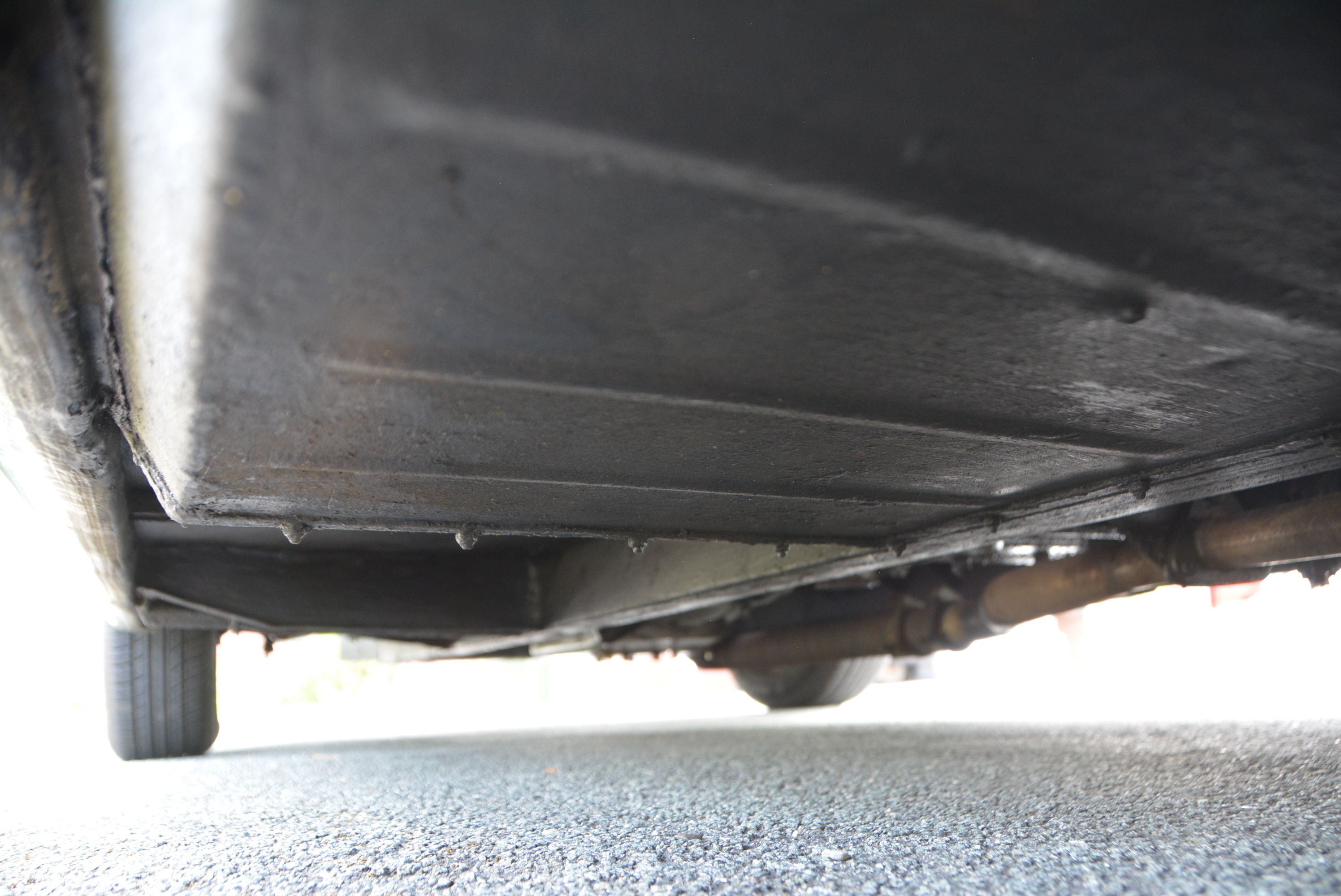 | 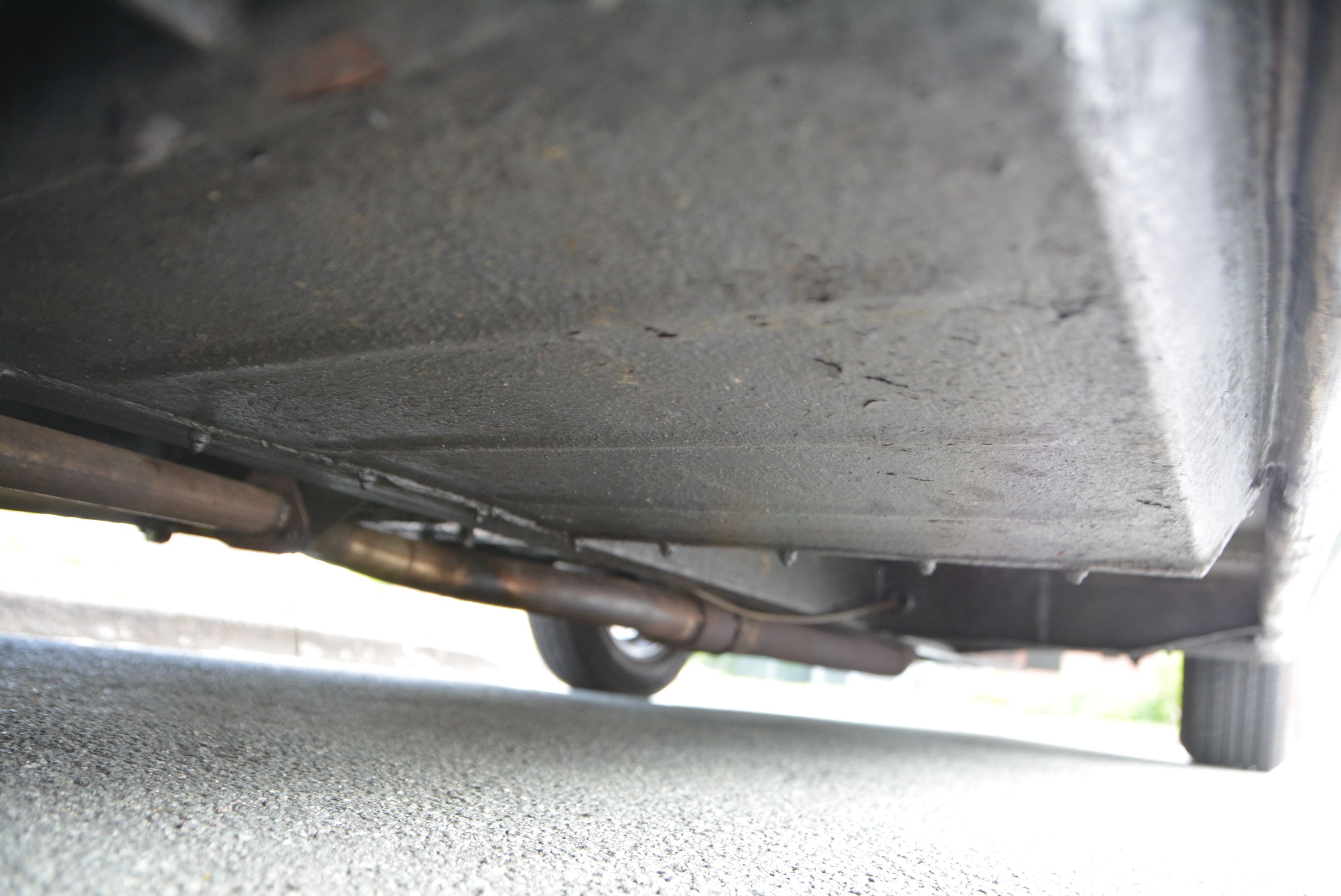 | |||||
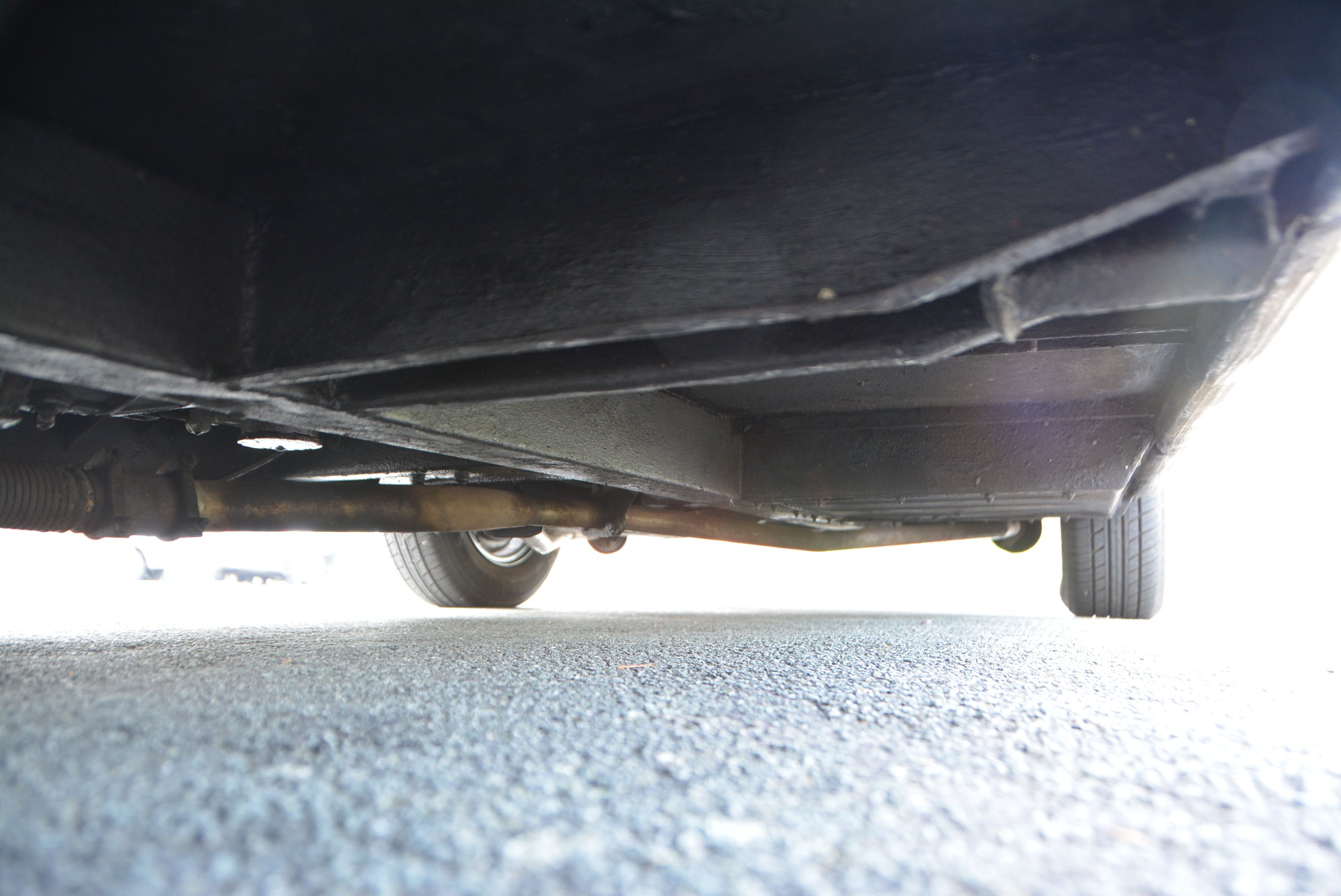 | 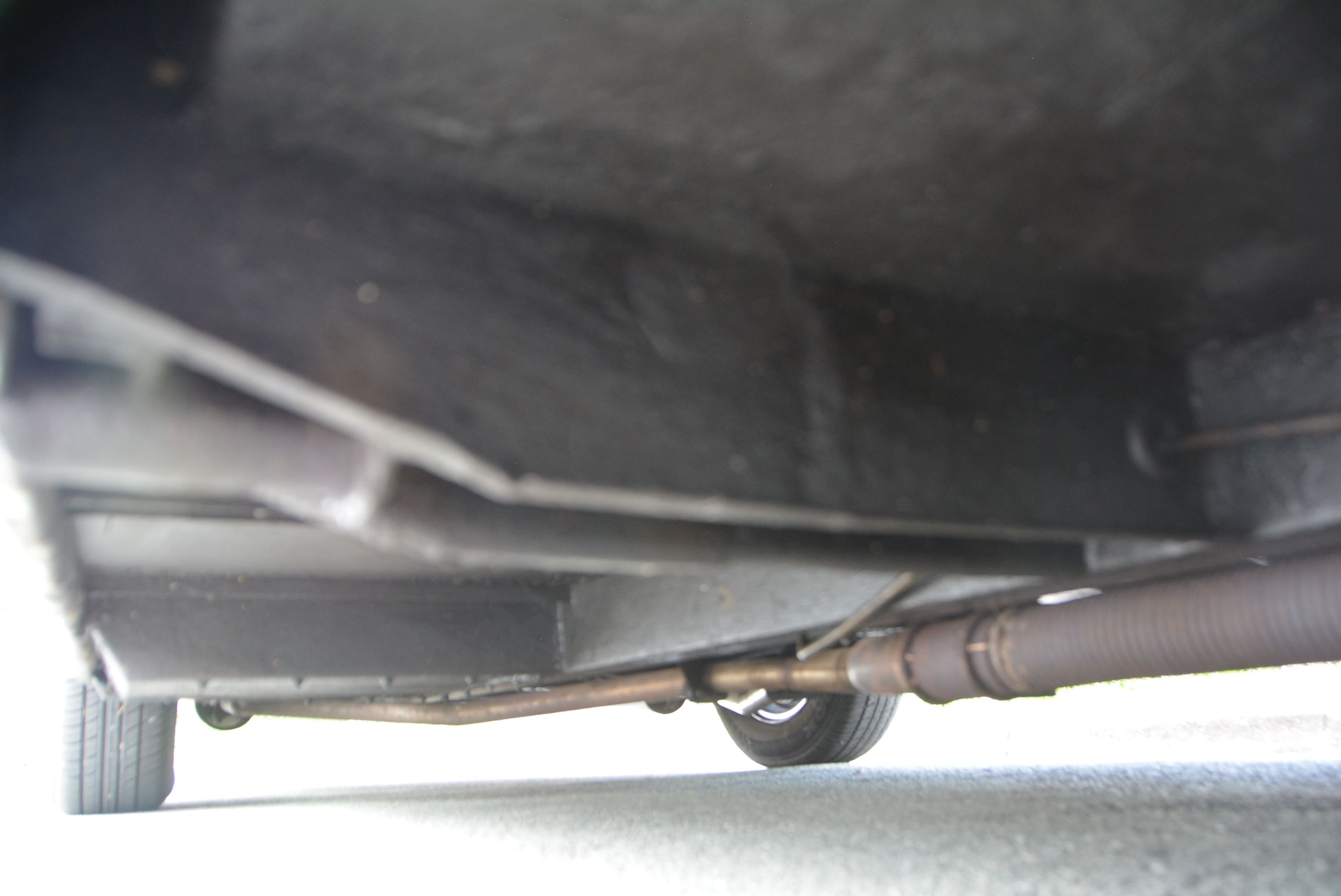 | 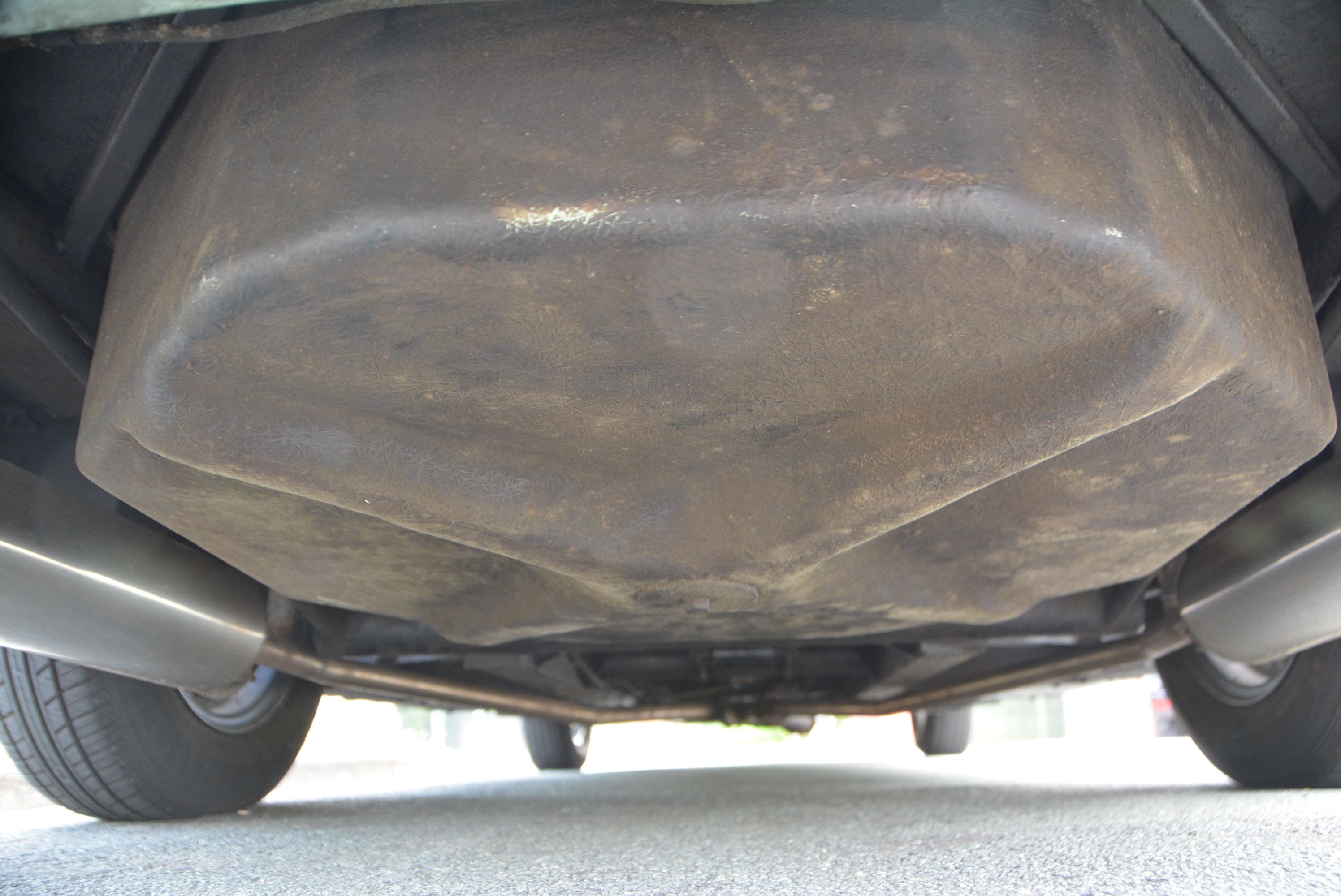 |  |  |
| Lot number | 89 |
|---|---|
| Hammer value | £82,500 |
| Description | AC Greyhound |
| Registration | TGV 480 |
| Year | 1962 |
| Colour | Pacific Green |
| Engine size | 1,991 cc |
| Chassis No. | AEF-2576 |
| Engine No. | CLBN-4289-WT |
| Documents | V5C; 27 old MOTs; large history file; original handbooks and sales brochure etc |
One of the most intriguing British motor manufacturers, AC can trace its roots right back to the dawn of the motoring age and has produced an inspiringly wide range of vehicles from invalid carriages and golf buggies to the immortal AC Cobra.
However, the real glory days of the firm arrived in the mid-1950s when the fabulous John Tojeiro-designed Ace entered production. With race-derived suspension and chassis design and lightweight aluminium coachwork, it became one of the finest sportscars of its era, winning its class in the Le Mans 24-Hour Race in 1959 and ultimately evolving into the world-beating Cobra.
In 1955 AC introduced a hard-top version of the Ace, the Aceca, and in 1959 they followed it up with a 2+2 coupe, the Greyhound. Very similar to the smaller Ace and Aceca models, the alloy-bodied Greyhound shared many components with the smaller Ace range, including the same engine options. Most cars used the 2.0 and 2.2 Bristol engines, although the original 2.0 AC in-house design was also available as was a 2.6 Ford Zephyr unit. All were capable of cracking 100mph with ease and brisk acceleration (0-60mph in around 11 seconds with the 2.0 engine).
A true four-seater with decent luggage space, the Greyhound benefited from all-round independent coil-sprung suspension, a slick four-speed manual gearbox with optional overdrive, disc / drum brakes and rack-and-pinion steering. Essentially hand-built, production lasted until 1963, by which time only 83 cars had left the Thames Ditton factory.
First registered in April 1962, this gorgeous Greyhound is one of only six fitted with the AC 2.0 straight-six coupled to AC's 4-speed lightweight aluminium-cased gearbox with Laycock de Normanville overdrive operating on the top three ratios. Supplied with a known history from new, TGV 480 was originally Tungsten Grey but was expertly repainted in its current Rolls-Royce Pacific Green in 1996, a colour which suits the car beautifully and retains a wonderful sheen to this day.
The car is showing some 92,500 miles which is believed correct and is backed up not only by the history file but also by the general condition of the car. Documents on file show that the engine was rebuilt at 60,600 miles with new liners and pistons and that the car went back to AC Cars in July 1970 at 62,200 miles for a thorough check-over which resulted in a new clutch and an overhaul of the brakes and steering. Further sympathetic restoration work was undertaken in 1990 at 69,000 miles.
Our vendor acquired the car in 1999 from Grundy Mack after visiting their showrooms with the intention of buying an E-Type but being seduced instead by the greater charms of the Greyhound. During his 20-year ownership he has looked after the car well and has used it sparingly in the summer months only, including a trip to the AC Centenary in Chelsea in 2001, a 350-mile round trip which it completed with no problems whatsoever. It certainly went well when we were treated to a test drive on the occasion of our visit, with good oil pressure and temperature at all times.
Appearing to be in largely original condition throughout with excellent panel gaps and a beautifully mellowed grey leather interior, this is a 'matching numbers' car that any enthusiast would feel privileged to have in their garage. Documentation includes 27 old MOTs back to 1971, numerous invoices, the original buff logbook, records of all previous owners, the original owner’s manuals and a period sales brochure. There is also a copy of a Classic & Sportscar road test pitting the Greyhound against an Alfa 2600 Sprint which the AC wins hands down.
Prices of the Ace and Aceca have soared in recent years and we can’t help feeling that the Greyhound is somewhat undervalued by comparison. With all the looks of an Aston Martin DB4, 75% of the performance, 15 times rarer, yet one tenth of the cost, it looks an absolute steal at the guide price suggested.